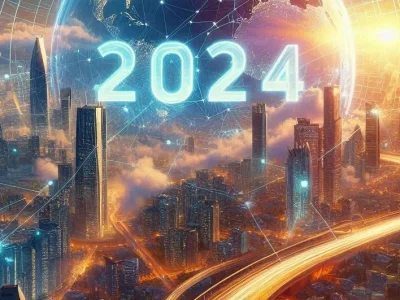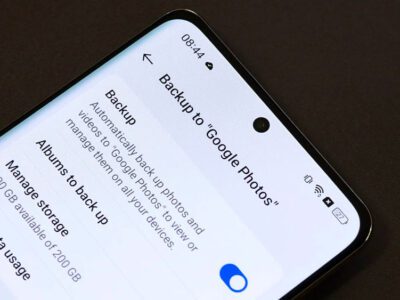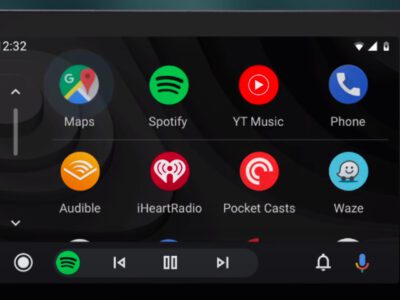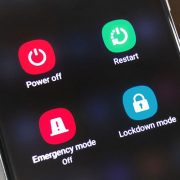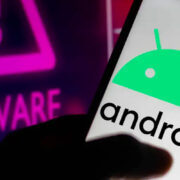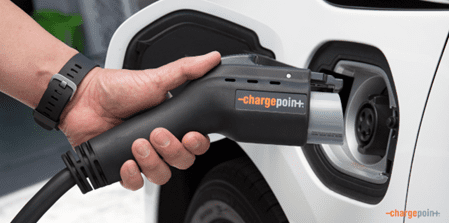
Electric vehicles, it is commonly assumed, require specialized charging equipment. According to a recent survey, 78 per cent of people believe they do not have to charge access at home. In fact, the majority of people already do. There are three “types” of charging, and one of them can be performed in almost any home with no modifications or new equipment.
Level 3 charging stations provide the fastest charging. These are the “gas stations” of the electric vehicle world. Level 3 chargers can restore 100 miles of range in minutes. They are also the most expensive to install, costing at least $30,000 per charger. (By comparison, a single gas pump costs around $20,000.00.) While you’re unlikely to find one of these high-powered chargers in someone’s home, you might come across a Level 2 charger.
This type of charger, which costs a few hundred dollars to install, connects to a 240V “dryer outlet” and can increase range by 100 miles in a matter of hours. This isn’t ideal for a road trip, but it’s great for a quick charge at home, in a restaurant, or while shopping. Finally, there’s the somewhat dull and often overlooked Level 1 charger. This type of charger, which comes standard with most electric vehicles, plugs into a standard outlet and would take nearly 20 hours to restore the 100-mile range. This may appear to be extremely slow, but most drivers average less than 40 miles per day, an amount that can easily be reclaimed with a Level 1 charger while working, relaxing at home, or sleeping.
When even a couple of chargers are installed or planned, it makes local news in many places right now. However, installation is expected to accelerate, particularly for Level 3 chargers. Several automakers are actively developing charging networks, and the federal government intends to spend $7.5 billion from the infrastructure bill on chargers. Unfortunately, most of these plans are focused on replicating our current gas station–centric model rather than focusing on the strengths of an EV.
Let us return to the Netflix Store analogy. The key point is that new technology—in this case, ubiquitous high-speed internet—allows for a completely different experience than what came before it. You can stream from home, the doctor’s office, or your workplace. Electric vehicles are no exception. The solution to the electric vehicle charging problem should be based on current technology, not previous century technology. Why should policymakers strive to replicate gas stations when we can do so much better?
Now, I’m not opposed to more Level 3 chargers on America’s highways; the more chargers, the better. However, businesses are already constructing them. It is very simple to jump in a Tesla tomorrow and drive almost anywhere in the country. The car will require you to stop at a Supercharger every few hours, and the experience will be eerily similar to driving a gas car. (If you’re driving with children, the car will be ready to go before you are.) Other manufacturers are following suit, as each has a vested interest in being able to advertise that their vehicles have this capability.
Tesla may soon make its network available to other companies. It’s only a matter of time before every new electric vehicle can travel across the country with ease.
What we really need is charging capability for those who cannot currently charge on a daily basis, which is most people who do not live in houses. If you already live in a house, whether rented or owned, it is very likely that you have the ability to charge while sleeping; all you need is a safe and easily accessible power outlet. You can also add a Level 2 charger, which will significantly increase your charging speed. In most cases, however, the standard outlet will provide more than enough range each night. Many people will never go on a road trip in their car, but everyone needs to drive around town.
As a result, EV policy should prioritize the population that cannot charge their vehicles every night in a garage. Essentially, we need to ensure that people can charge their devices almost anywhere: at home, at work, and while shopping. This type of charging does not need to be fast, but it should be widespread. “Can’t you charge here?” should be the new “Do they really have no Wi-Fi?” Because EVs can charge anywhere, chargers should be available everywhere.
Where do we begin? The initial focus should be on parking lots at workplaces and apartment complexes. Because cars sit in these lots for extended periods of time, slow and inexpensive Level 1 chargers are ideal. We should flood these parking lots with power outlets so that employees and residents can charge their devices.
Workplaces and apartment complexes are also good choices because the outlets can be used as a motivator. The cost to the institution is also minimal: Electricity would cost an employer or property management company less than $8 per employee per week (assuming a 40-hour workweek at the average electricity cost and charge rate). It is not zero, but it is insignificant when compared to other workplace incentives or building amenities.
This is also an area where government spending could have a significant impact. Some businesses may be hesitant to install outlets in their parking lots, but federal or state subsidies may be just what they need. And because these outlets are relatively inexpensive, the subsidies will go a long way.
Naturally, not every structure has a parking lot. However, this is an opportunity for cities to provide street-side charging systems in areas where parking lots and garages are scarce. Residents can street-park their car for the night, swipe a card to pay for the charging (similar to a parking meter), and leave their car charging until the next morning. And, once again, there is no need to charge exorbitant fees. There may be some regulatory obstacles to overcome, but these are all solvable issues.
A truly ubiquitous charging infrastructure would include chargers in restaurants, shopping malls, movie theaters, parks, and other public gathering places. These are the places where people want to spend a couple of hours, which lends itself to the mid-tier Level 2 chargers. Charging while watching a movie or playing in the park is a much more enjoyable experience than driving to a charging-specific location (such as a gas-powered car) and remaining with the car while it charges.
In essence, we must place the appropriate chargers in the appropriate locations, and most chargers do not need to be particularly fast. We keep hearing that EVs will take off once charging is as quick as filling up at a gas station. But that is not what we should want. Charging at gas stations is inefficient; taking 10 minutes to fill up on gas wastes more time than charging for 10 hours while sleeping. We shouldn’t just reduce the amount of time we spend charging; we should completely eliminate active charging. And it may be the slowest chargers of all—your drab old power outlet—that enable us to do so.
Views: 47

